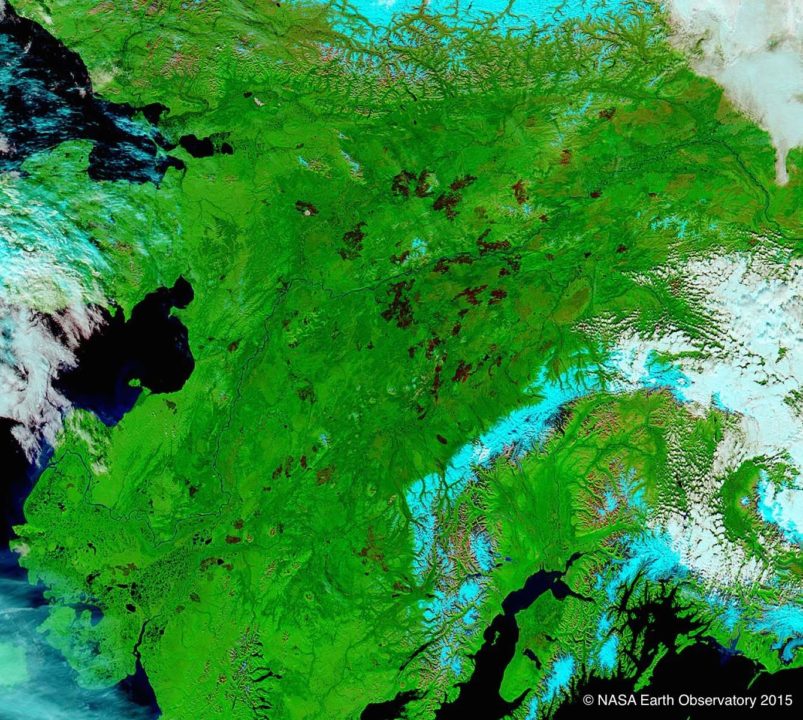Fire‑severity effects on plant–fungal interactions after a novel tundra wildfire disturbance: implications for arctic shrub and tree migration
Background: Vegetation change in high latitude tundra ecosystems is expected to accelerate due to increased wild-fire activity. High-severity fires increase the availability of mineral soil seedbeds, which facilitates recruitment, yet fire also alters soil microbial composition, which could significantly impact seedling establishment. Results: We investigated the effects of fire severity on soil biota […]
